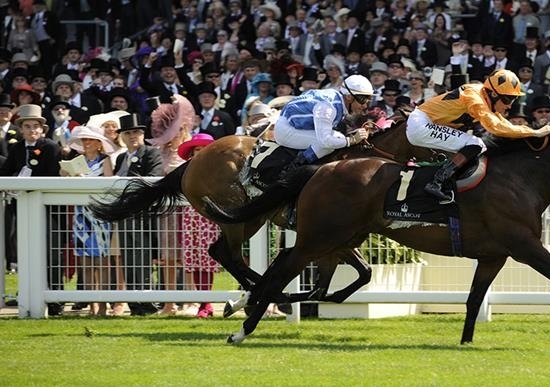Punting on interest rates for the Melbourne Cup 2016
This year’s Melbourne Cup coincides with a far more significant event in the economic calendar – the outcome of Reserve Bank board meeting at 2.30pm.
This year’s Melbourne Cup coincides with a far more significant event in the economic calendar – the outcome of Reserve Bank board meeting at 2.30pm.

"I wouldn’t bet against an interest rate cut," says UNSW Business economist Tim Harcourt, ahead of the Reserve Bank's November announcement on rates next Tuesday 1 November, Melbourne Cup day.
"Sure, inflation is up – a bit – but it is still only 1.3%. The RBA has a 2–3% target, but they have been way below that for an extended period,” says Harcourt, who is the JW Nevile Fellow of Economics at UNSW. “It will certainly give the economists something to ponder as runners and riders go around the track at Flemington Racecourse in Melbourne just thirty minutes later.”
Harcourt argues that the chances of another interest rate cut when the Bank's board meets next week has increased sharply now that the higher dollar has put downward pressure on inflation.
“Core inflation figures, which represents the long-run trend in the price level, are closely monitored by the RBA, and are totally benign. Core inflation rose to just 1.5%. There is a lot of room for a cut in rates to boost the economy,” he says.
Harcourt has been monitoring the economy in the run up to what he is calling the “Melbourne Cup Interest Rate race.”
However, he says "home owners and market participants will probably be able to enjoy race day without having to keep too much of an eye on the RBA interest rate move, when the bank makes its monthly announcement. There will be no chance of a raise – only a cut which may put money in the pocket of a punter who has lost their shirt.”
“Indeed when you are punting on this year's Melbourne Cup, have a bit of sympathy for Australian export businesses who have to make their big bets on international markets in the Asian region, and gamble with exchange rates, which swing with moves of interest rates. This year, with the impact of Brexit, we’ve seen wilder swings than most," Harcourt says.
Northern Hemisphere-bred horses have won 10 of the 16 Melbourne Cups since the turn of the century. “That’s significant too. We may say we are in the Asian Century – but Europe, and the UK, still can give a huge steer to the Australian economy.”
He compares countries' economies to the Cup field.
However, Harcourt says, with the Melbourne Cup valued at $374 million in terms of gross economic benefit, it's best to simply sit back and enjoy the ride.
“Whether you are there for the nags, the frocks, the fashion, the networking or just a good time, at the Melbourne Cup you are participating in a truly global, major international sporting event of economic consequence to Australia,” he says.